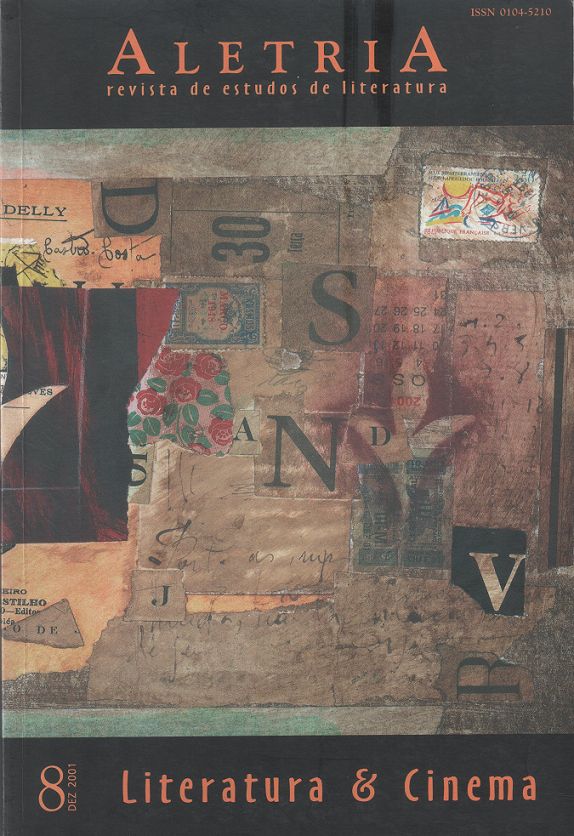Mundos artísticos em diálogo: literatura de expressão alemã e cinema
DOI:
https://doi.org/10.17851/2317-2096.8..169-174Palabras clave:
Arthur Schnitzler, Stanley Kubrick, construction of narrative reality, cinematographic language, literary language.Resumen
Resumo: Analisamos aqui a construção de universos narrativos na literatura e no cinema, bem como sua interação. Base para tanto são o texto Traumnovelle (Breve romance de sonho) de Arthur Schnitzler, em diálogo com o filme de Stanley Kubrick, Eyes wide shut, realizado a partir do texto do autor austríaco.
Palavras-chave: Arthur Schnitzler; Stanley Kubrick; construção de realidade narrativa; linguagem literária; linguagem cinematográfica.
Abstract: In this article we analyze the construction of narrative universes in literature and film, as well as their interaction. For this, we consider the text Traumnovelle by Arthur Schnitzler, in its dialogue with Stanley Kubrick’s film Eyes wide shut, which was based on the Austrian writer’s text.
Keywords: Arthur Schnitzler; Stanley Kubrick; construction of narrative reality; cinematographic language; literary language.
Referencias
BORDWELL, David. Narration in the Fiction Film. University of Winconsin Press, 1985.
KILB, A.; ROTHER, R. et al. Stanley Kubrick. Berlin: Bertz, 1999.
KUBRICK, Stanley; RAPHAEL, Frederic. Eyes Wide Shut. Frankfurt, Fischer, 1999. (Drehbuch.)
MERLEAU-PONTY, M. Das Sichtbare und das Unsichtbare (franc. 1964). München: Fink, 1986.
MERLEAU-PONTY, M. Sinn und Nicht-Sinn. München: Fink, 2000.
SCHNITZLER, Arthur. Breve Romance de Sonho. Trad. Sérgio Telarolli. São Paulo: Companhia das Letras, 2000.
SCHNITZLER, Arthur. Traumnovelle. Frankfurt: Fischer, 1992.
WALDENFELS, Bernhard. Topographie des Fremden. Frankfurt a.M.: Suhrkamp, 1997.
Descargas
Publicado
Número
Sección
Licencia
Derechos de autor 2001 Dogmar Von Hoff, Claudia Dornbusch (Autor)

Esta obra está bajo una licencia internacional Creative Commons Atribución 4.0.
Authors who publish with this journal agree to the following terms:Authors retain copyright and grant the journal right of first publication with the work simultaneously licensed under a Creative Commons Attribution Non-Commercial No Derivatives License that allows others to share the work with an acknowledgement of the work's authorship and initial publication in this journal.Authors are able to enter into separate, additional contractual arrangements for the non-exclusive distribution of the journal's published version of the work (e.g., post it to an institutional repository or publish it in a book), with an acknowledgement of its initial publication in this journal.Authors are permitted and encouraged to post their work online (e.g., in institutional repositories or on their website) prior to and during the submission process, as it can lead to productive exchanges, as well as earlier and greater citation of published work (See The Effect of Open Access).





